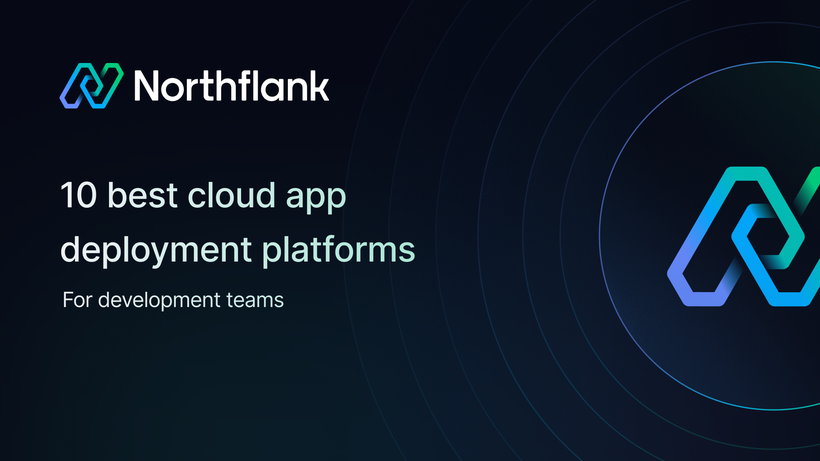

Heroku outages are getting worse. The best alternative in 2025 with no downtime.

- Repeated outages: Heroku’s June 2025 incident left apps down for an entire day. This wasn’t isolated, outages have been increasingly frequent.
- Stagnant product development: Basic features like HTTP/2, modern buildpacks, and cloud-native tooling only arrived in recent years.
- Heroku free tier shutdown: Heroku ended all free dynos and hobby databases in late 2022, removing a key on-ramp for indie devs and startups.
- Security breaches: A serious OAuth token breach in 2022 compromised GitHub tokens and private repo data, with poor communication from Heroku during the incident.
Heroku was once the go-to PaaS for developers to deploy apps quickly. But over the years, Heroku has suffered multiple major outages and signs of stagnation, leading many teams to seek alternatives. Recent incidents, like a June 2025 outage that caused up to 24 hours of downtime for many customers, have eroded confidence in Heroku’s reliability.
The platform’s stagnation, for example, only starting to adopt modern features like cloud-native buildpacks and HTTP/2 well over a decade into its existence, and the end of its popular free tier have further alienated developers.

Meanwhile, Northflank has emerged as a modern cloud platform that combines Heroku’s developer-friendly experience with far greater performance, uptime, and flexibility.
- Runs on Kubernetes under the hood
- Deploy across multiple clouds or your own cloud (BYOC)
- Global regional deployment for low-latency, high-availability apps
- Language and framework agnostic
- Dockerfile and buildpack support
- Automatic TLS, DNS, build & deploy pipelines
- Real-time logs and live metrics

- Fast, responsive support even for free-tier users
- Dedicated Slack channels and SLAs for enterprise
- Public changelog and roadmap
| Feature | Northflank | Heroku |
|---|---|---|
| BYOC (Bring Your Own Cloud) | ✅ Deploy into AWS, GCP, Azure, or your own infra using your own credits | ❌ No BYOC or multi-cloud support |
| Private Networking | ✅ Built-in VPC-level isolation, mTLS, internal-only ports | ⚠️ Only via Private Spaces (expensive, limited options) |
| CI/CD & Preview Environments | ✅ Pipelines with previews, blue-green, canary, and manual approvals | ⚠️ Basic pipelines, GitHub-only, no advanced flows |
| Autoscaling & Scale-to-Zero | ✅ Horizontal/vertical scaling on metrics, supports scale-to-zero | ⚠️ Only on Performance/Loyal dynos; limited control |
| Full Workload Support | ✅ Web apps, APIs, workers, cron, databases, GPU workloads, all supported | ❌ Stateless-first; workers and DBs handled via addons |
| Enterprise-Ready | ✅ RBAC, audit logs, SSO, custom networking, full infra control | ⚠️ Enterprise features require Shield or Private Spaces, high TCO |
| Support & Transparency | ✅ Fast responses, changelogs, direct access to engineers, migration help | ⚠️ Slower support, no transparency around updates |
- Deploy directly into AWS, GCP, Azure, or your own infrastructure
- Use your own cloud credits and optimize for performance
- Heroku offers no multi-cloud or BYOC support
- Built-in private networking and VPC-level isolation by default
- mTLS between services, internal-only ports, and custom IP policies
- Heroku offers this only via costly Private Spaces with fewer options
- Built-in pipelines with automatic previews for PRs
- Advanced flows: blue-green, canary, approvals
- Heroku pipelines are more basic and GitHub-bound
- Horizontal & vertical autoscaling on CPU/mem metrics
- Scale-to-zero for cost savings
- Heroku has limited autoscaling for select dyno types
- Web apps, APIs, workers, cron jobs, databases, GPU workloads
- Run databases natively or bring your own
- Heroku is stateless-first and addon-dependent
- RBAC, audit logs, SSO, BYOC, custom networking
- Lower TCO than Heroku Private Spaces and Shield
- No vendor lock-in, full control over infra
- Real-time changelogs, fast issue response, direct access to engineers
- Migration guidance from Heroku included
| Feature | Heroku Enterprise | Northflank Enterprise |
|---|---|---|
| Private Networking | Private Spaces ($1.4/hr) | Included, customizable |
| Multi-cloud / BYOC | No | Yes (AWS, GCP, Azure, on-prem) |
| GPU & custom workloads | No | Yes |
| SSO, RBAC, audit logs | Yes (at cost) | Yes (included) |
| Cost structure | High base cost, inflexible | Pay-for-what-you-use, efficient |
| Custom regions / data control | Limited | 60+ regions + your own cloud |
Heroku pioneered developer-focused PaaS, but in 2025, it’s clear the industry has moved on. Between:
- repeated outages,
- a stagnant roadmap,
- an abandoned free tier,
- and enterprise limitations,
Heroku no longer meets the needs of modern startups or scaling enterprises.
Northflank is the next generation platform:
- built on Kubernetes,
- optimized for uptime,
- designed for productivity,
- and ready for both developers and ops teams.
Whether you're a startup founder launching your MVP or an enterprise architect modernizing legacy infrastructure, Northflank offers the flexibility, performance, and DX Heroku can no longer provide.
Check out our Heroku migration guide and see how easy it is to make the switch.
Leave Heroku outages and lock-in behind.


